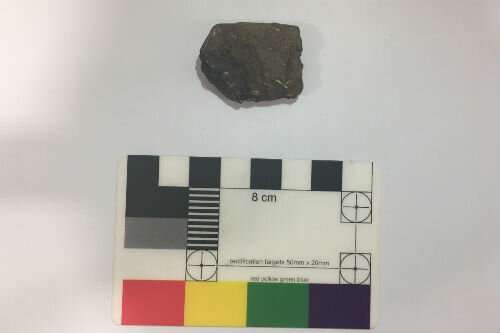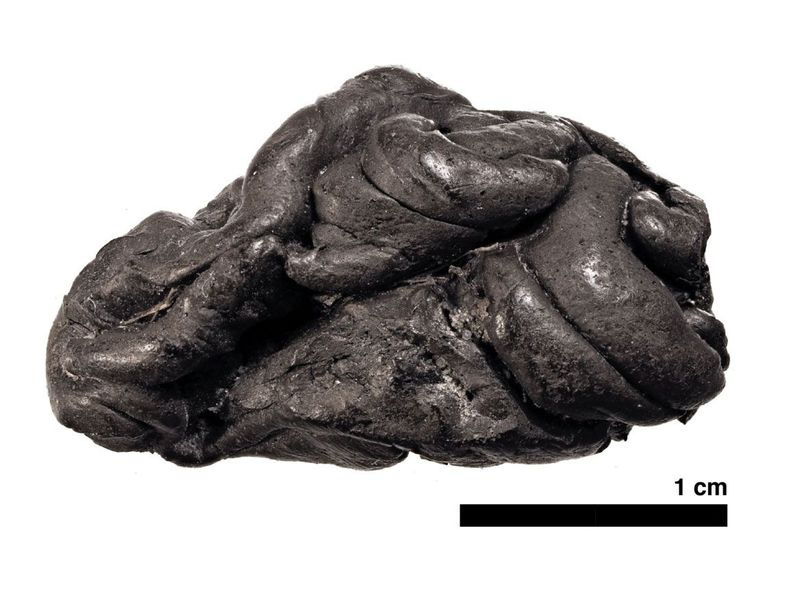At https://phys.org/news/2019-12-archaeological-discoveries-reveal-birch-ba… …. which is derived from the Journal of Archaeological Science: Reports (2019) see www.doi.org/10.1016/j.jasrep.2019.102118 …. for open acess full article. Scientists have identified the use of birch bark tar in early medieval Britain – a product known from prehistory (the Palaeolithic period). It is very sticky – and water resistant. It was used throughout Europe, from France and the UK to Scandinavia and various points eastwards. From the Mediterranean in the south to the Baltic in the north. It has remained in use down to modern times in the far north but it was thought to have gone out of use in the UK long ago, especially after the arrival of the Romans with alternative products. The Romans seem to have favoured pine resin which was more easily accessible. However, it has turned up in early Anglo Saxon contexts (5th/6th centuries AD) – not really what we might immediately think as the medieval period. It is usually known as the sub-Roman period – or Early A/Saxon, and one might think at first that it involved a newcomer from Scandinavia (where no doubt birch tar was still in use). However, artisans can be extraordinarily conservative in nature and it is not impossible this was still in use amongst a few 'old fashioned' types that had lost acess to pine resin and had gone back to birch bark tar. Why not? Birch bark tar was used in medicine (and medicine ingredients can be conservative) as it is an anti-septic. It was also used as a sealant. It's use may never have died out – fully so.
 (found in the tomb of a child).
(found in the tomb of a child).
Overr at https://anthropology.net/209/12/19/5700-year-old-chewing-gum-reveals-ins… … a bio-archaeologist at the University of Copenhagen (and colleagues) have published a research piece in Nature Communictions on the finding of the complete genome of a Danish neolithic period woman, with connections to the prehistoric inhabitants of Scandinavia. It came via a piece of birch bark tar which seems to have been used as chewing gum – or chewed prior to being used as a sealant. Her oral microbiome was extracted from the ball of birch bark tar. It goes back to the 4th millennium BC. The researchers say it may have been chewed to make it more maleable in order to repair pottery, or wooden utensils. The piece of birch bark tar was discarded and therefore the idea it was a piece of prehistoric chewing gum is a possibility. However, it was discovered sealed in a layer of sand and silt which may indicate events caught up with the person and the piece of tar. Birch bark tar is found scattered all around Scandinavia from the Stone Age to the Iron Age (even into Roman times and beyond). No wonder it might have turned up in Anglo Saxon contexts in eastern England as the Angles came from the neck of Denmark and the southern Baltic zone.

